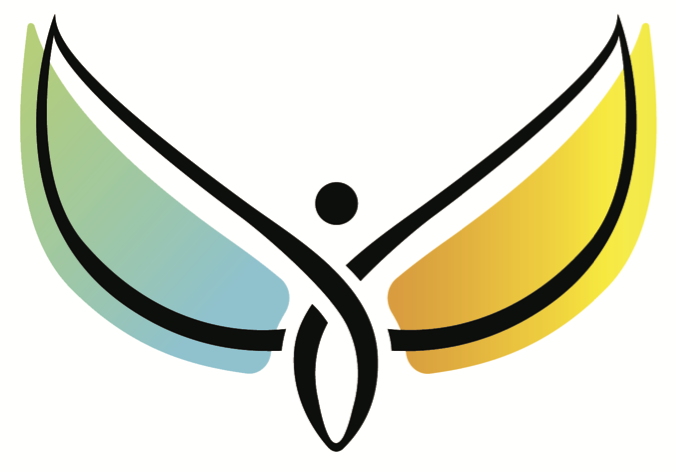It, Them, Other
Humans have extraordinary capabilities and potential. We explore the universe, have technology that instantaneously connects us to one other, discover cures for seemingly unsolvable diseases, and create art – painting, sculpture, poetry, literature, music and dance – that stirs our souls. These amazing accomplishments are possible only through collaboration with one another. Even the most outwardly independent person is as interdependent as the rest of us. (See "Interdependence.")
In spite of our accelerated accomplishments, there is one area that remains a challenge: empathy. We too often see other beings, usually ones that don’t look, think or believe like us, as “it” rather than “he” or “she.” In so doing, we enable ourselves to dismiss them and ignore their suffering.
This collective lack of empathy explains how we can ignore, or do worse, to other families, and still go home and be loving to our own. By seeing those other mothers, fathers and children as “its,” as objects no different from a chair or table, then our conscience is clear. No need to spend another minute thinking about them.
But they are not “its.” Some of them are fellow human beings. Others are sentient beings of different species. All love. All feel. All think. All suffer. All feel joy. All mourn.
No single person can turn the collective “it” thinking around, but we can check in with ourselves to be sure we are acting from our most compassionate selves. Desperate refugees fleeing war and terrorism are us. Human-made environmental and natural catastrophes happen to us. Violence anywhere happens to us. Suffering of all species happens to us.
It is incumbent upon us to take action to alleviate anguish for “him” and “her.” The first step is to open our hearts to feel the other. Only then will our minds follow to think differently. Volunteer, donate, contribute, spread the word. My dear fellow social change advocates, I look forward to seeing you along the way.




